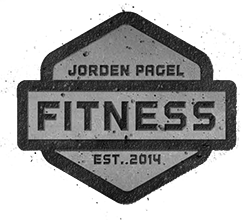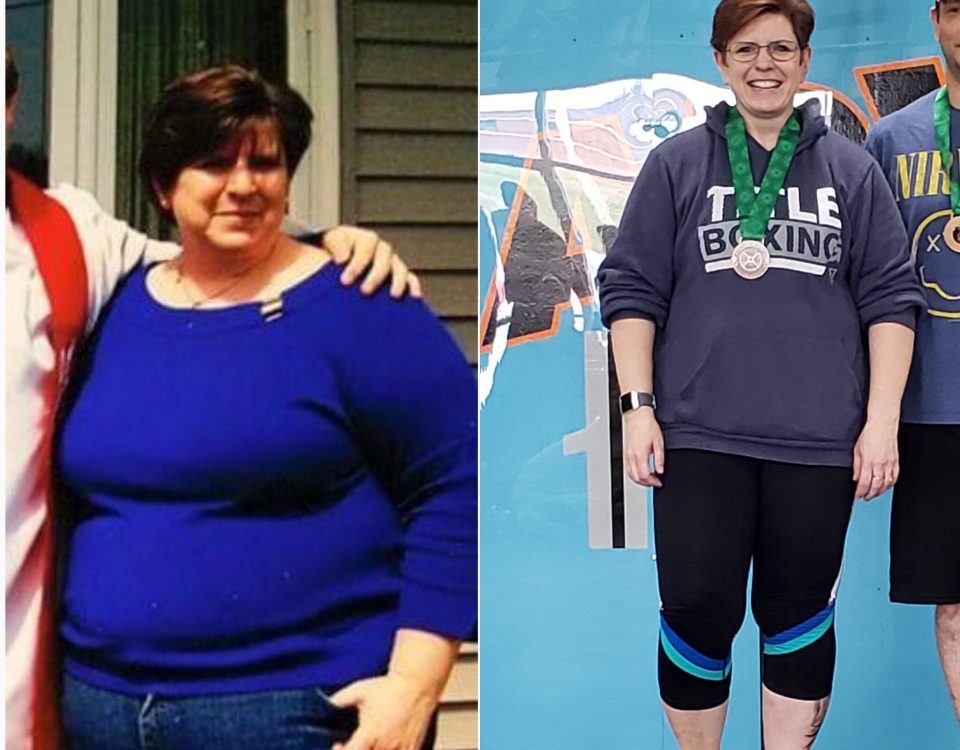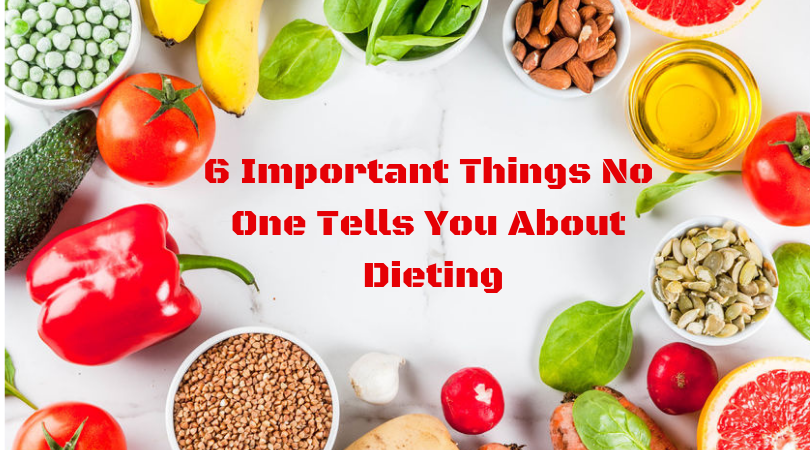Testosterone 201: Treating Low Testosterone

In Part One of this series, we took an in-depth look at what testosterone is, what it does, and why low testosterone can be so detrimental to your health. Today, in Part Two, we’re going to look at the different types of treatments available for low T, both natural and pharmaceutical, and which may be best for you.
Dealing With Low Testosterone
Due to its numerous health benefits we discussed last time, you can see why maintaining healthy levels of testosterone is important. Thankfully, low T is not a life sentence. There are many treatments and methods available for dealing with low testosterone.
First off, the methods and treatments we’re going to discuss in this article are assuming you have many or all of the low T symptoms we discussed in Part One, or have been tested and diagnosed by a medical professional of having low testosterone.
Secondly, many of the natural low T treatments are things you should be doing anyway, so regardless of whether you’re diagnosed or not, you could only benefit from implementing them.
Natural Treatments for Low Testosterone
Because of the potential side effects of TRT, many doctors first suggest natural remedies for increasing testosterone levels. Low T can be due to any number of physiological issues, and thankfully, there are many steps that can be taken to correct these issues and increase T levels without the use of therapy.
Increase consumption of healthy fats and cholesterol
Of all the natural ways to help increase testosterone, diet probably has the biggest effect.
Studies have shown that diets with a higher intake of saturated and monosaturated fats have been shown to increase testosterone levels. Fats are essential for a number of physiological processes and hormone production is one of them.
Similarly, because testosterone comes from cholesterol, it only makes sense that low HDL cholesterol levels (the good kind) would lead to lower levels of testosterone as well.
Examples of the right kinds of foods to include in your diet are red meat, cheese, eggs, olive and coconut oil, nuts, avocados, and peanut butter. Just make sure you’re counting your calories as well.
If you’re suffering from low T however, don’t think that dramatically increasing your dietary fat intake is going to skyrocket your testosterone levels. This study found that men who got over 40% of their daily calories from fat had just 13% higher testosterone levels than those who consumed less than 20% of their daily calories from fat.
Another thing to consider on this is that when you eat a high fat diet, you typically need to reduce carbs. The problem is, carbs also affect testosterone levels.
It all has to do with the hormone cortisol. Cortisol and testosterone are inversely linked, meaning higher levels of cortisol will result in lower testosterone levels, and vice versa. A low-carb diet, combined with exercise and an active lifestyle, is a recipe for increased cortisol production.
So, looking at your diet as a whole, it would seem that for those who are exercising regularly being physically active, a higher carb diet may be more beneficial for optimal testosterone production.
Supplementation
There are a number of supplements that can aid in optimizing testosterone levels, or at least aid in combating the symptoms of low T, specifically those having to do with libido and sexual performance.
- Some of the more well-known supplements that can help raise with low T levels are Vitamin D3 and Omega-3 fish oil. This study showed that supplementing with vitamin D3 can boost testosterone levels, while fish oil has been shown to help increase the production of Luteinizing Hormone, which is a precursor for testosterone production.
- Zinc and magnesium may also help to maintain optimal testosterone levels because they suppress the production of estrogen. And since many people are deficient in these anyway, it only makes sense to supplement.
- DHEA is a supplement that could possibly help raise testosterone levels. DHEA is produced by the adrenal glands, and is a precursor to testosterone. A precursor is a substance produced by the body that will be converted into a hormone. Some studies have shown that supplementing with DHEA can help restore erectile function.
- Citrulline malate is a nitric oxide precursor, and while it doesn’t work to help increase testosterone directly, it can help improve blood flow, and subsequently, improve erection quality with daily supplementation.
- Rhodiola has shown promising effects on low testosterone, but many medical professionals aren’t sold yet. However, there are claims of rhodiola helping increase testosterone, libido, and erection quality. The reason for this is believed to be rhodiola’s affect on the area of the brain responsible for receiving and controlling hormonal response: the hypothalamus. It also may help with premature ejaculation, because of it’s affect on the parts of the nervous system responsible for that.
Perform regular high-intensity exercise
There is an overwhelming amount of research that says regular high-intensity exercise, like resistance training, can greatly increase the amount of testosterone the body produces.
Now, that doesn’t mean to go to the gym and start pumping out tons of bicep curls. The type of exercise that you do matters. The more muscles stimulated during the movement, the more testosterone gets produced. This means performing exercises like squats, deadlifts, rows, presses, and chin-ups. All of these are compound, multi-joint movements that will stimulate the release of the most amount of testosterone.
Don’t cut calories too much
Now, if you want to lose weight, you need to be in a caloric deficit. However, dieting too long can affect your testosterone levels.
“I see guys that are dieting too much, all of the time, and this can also lower your testosterone, similar to how a woman loses her period when she diets/exercises too much.” says Dr. Spencer Nadolsky.
The drop in testosterone is only temporary however, as levels return to normal once the caloric deficit is erased. The key is to finding a balance between eating in a deficit to lose weight, and occasionally eating around your caloric maintenance to bring T levels back to normal.
Note: an occasional bump in calories can also help with weight loss.
Get enough sleep
Almost all of our testosterone is produced while we sleep. This is also why men often wake up with erections, or “morning wood”. (As an aside, if you don’t wake up with erections, it could be a sign of low T).
Getting less than five hours of sleep per night can reduce testosterone levels up to 15%. Not only that, but poor sleep increases cortisol levels. And like we’ve already discussed higher cortisol levels leads to lower T levels.
A few tips for getting better sleep include keeping a regular sleep schedule (going to bed and getting up the same time each day), turning off all electronics an hour before bed, decreasing the amount of light in your room, and supplementing with melatonin, just to name a few.
Control stress and anxiety
Stress, depression, and anxiety may be a result of low testosterone levels, OR they may contribute to low testosterone levels. Either way it’s important to manage them, because stress promotes the release of cortisol. And being chronically stressed will keep cortisol levels elevated.
Doing things like meditating, reading, and activities you enjoy can help manage stress and anxiety. Another good thing to do is take daily walks. Walking is not only a good way to clear your mind, but it helps reduce cortisol levels.
Hormonal Treatment: TRT & HCG
If efforts have been made to naturally increase T levels, and low testosterone is still an issue, it may be time to turn to hormonal therapy in an effort to restore testosterone levels to normal. The two main forms of hormonal therapy are testosterone replacement therapy (TRT) and HCG.
Testosterone Replacement Therapy
There are a number of options when it comes to TRT. Let’s discuss each one in detail along with their benefits and/or drawbacks.
Subcutaneous Implant
The subcutaneous implant is a form of TRT where a small pellet no larger than a grain of rice is implanted under the skin in the abdomen or buttocks. The implant helps to raise testosterone levels and the patient only needs to get re-implanted every 4-5 months. The downside though, according to Dr. Kominiarek of the Alpha Male Medical Institute, is that this doesn’t allow for adjustments to the treatment.
He also says that there are a number of side effects that don’t make this form of treatment worth it, including supraphysiologic testosterone levels, anxiety, extreme agitation, expulsion of pellets, infection, adrenal exhaustion, scarring, fibrosis, ilioinguinal neuropathy, and more.
Transdermal Patch
With this method, a patch is applied to the upper arm or scrotum and provides a steady stream of testosterone to the patient. However, the patch almost always leads to skin irritation, says Dr. Kominiarek, and is not a method he recommends.
Gels and Creams
Gels and creams are a popular form of TRT because they are easy to administer and are very effective. Patients can apply them to the arms or shoulders 1-2 times per day. Testosterone creams also have the added benefit of helping raise HDL levels, or the good kind of cholesterol.
Injections
According to Dr. Kominiarek, intramuscular or subcutaneous injections are the most effective and beneficial method of TRT. He says, “The benefits of injection therapy are significant. Ease of administration, low cost, can do at home, produces reliable blood levels, dosage amounts and dosing regime can be easily adjusted, can mimic natural variability, low side effect profile that is predictable, predictable onset of action and time course to benefits, and the list goes on which makes testosterone delivered by injection whether subcutaneous or intramuscular the winner in my book.”
He also says, that no matter which mode of therapy you choose, it’s important to be monitored by your doctor because most forms of TRT are not without their side effects.
According to Dr. Kominiarek, some of the most common side effects of TRT include testicular shrinkage, decrease in HDL (good) cholesterol, increase in red blood cells, breast enlargement, decrease in sperm count, acne, worsening sleep apnea, and swelling.
HCG Monotherapy
HCG, or human chorionic gonadotropin, is different from TRT in that it doesn’t replace testosterone, but works within the body to help increase testosterone production.
HCG is very similar to luteninizing hormone, and because of this can help signal the body to produce more testosterone; unlike with TRT where the body’s own natural production of testosterone is suppressed.
HCG has shown to be an effective treatment for low testosterone – as effective as TRT – without the side effects that TRT can have.
The Low-Down on Low Testosterone
According to Dr. Kominiarek, low testosterone is something that affects 1 in 4 men ages 30-80, yet is still not something that gets the attention it deserves, by both men and medical professionals alike. And, given the immense effects testosterone has on our health, it’s something that needs to be brought into the light more.
Low T is not a life sentence, but it is something that needs to be addressed, not only because of the health and other physiological issues that can arise, but the effect it can have on our relationships.
Taking the steps necessary to ensure optimal testosterone levels will not only help us men lead longer, healthier lives, but help develop and maintain stronger, healthier, more intimate relationships as well.
In Part Three of this series, we’re to take a deeper look at TRT, why it’s a viable option for men looking to restore their testosterone levels, and why those using TRT should NOT be lumped in with people taking steroids.
Also:
Part One: Testosterone: Sex, Health, and Everything Else
Part Four: Testosterone In Women
Fat Loss Made Easy!
Subscribe to the JPF newsletter and get my 5-Day Fat Loss email course absolutely FREE! You'll learn how to create your own fat-shredding program in less than a week.
Plus you'll get the latest updates from the blog, exclusive offers, and other cool stuff.



